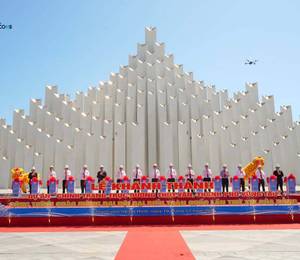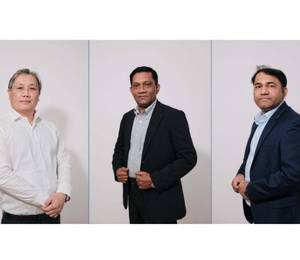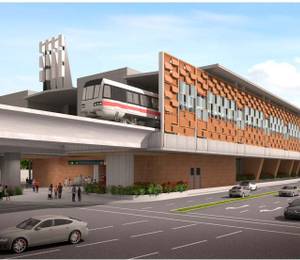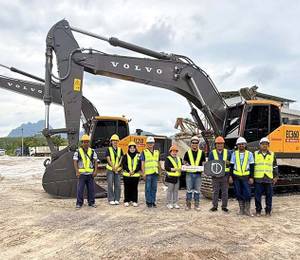A joint venture between AECOM and Halcrow China Limited, a Jacobs-owned company, has been selected by the Civil Engineering and Development Department of the Hong Kong Government to deliver the San Tin Technopole city, a centrepiece of the large-scale Northern Metropolis development of 610-ha.
In its role, AECOM will provide comprehensive services for the 250-ha portion of it, including design, project supervision, site formation, engineering infrastructure works, landscaping works, and environmental monitoring and mitigation measures. The San Tin Technopole city will support innovation and technology development, housing, community and commercial facilities, and key infrastructure.
“We’re pleased to extend our decades-long client relationship with the HKSAR Government and broaden our role on the Northern Metropolis through this transformative city-building project,” said Ian Chung, chief executive of AECOM’s Asia region. “Our unrivalled expertise in urban development and multidisciplinary capabilities across planning and engineering position us to craft a thriving, sustainable community that drives innovation and technological advances.”
AECOM Halcrow joint venture’s scope includes design review, detailed design, tendering and construction supervision of San Tin Technopole. This includes site formation, engineering infrastructure works, landscaping works, and environmental monitoring and mitigation measures works at the area.
With the theme of ‘International Innovation and Technology New City’, the Northern Metropolis integrates quality living, industries, and culture and leisure, becoming a new technological engine for Hong Kong. Sited near Shenzhen’s Innovation and Technology Zone in Huangang and Futian, the San Tin Technopole city plays a central role in the extensive development of the Northern Metropolis. It is strategically positioned as a hub for clustered I&T development and is intended to become a new community for healthy and sustainable living.
The project will adopt an integrated low carbon infrastructure system, taking into consideration waste management, energy efficiency, water management, smart and sustainable mobility, and urban planning and design to help achieve carbon neutrality before 2050. Digital strategies such as BIM and digital twins will also be deployed to improve project outcomes.
The development of the San Tin Technopole city will be executed in two phases, and is expected to welcome its first residents in 2031. Upon completion, it will provide around 54,000 new housing units.
Image: AECOM











